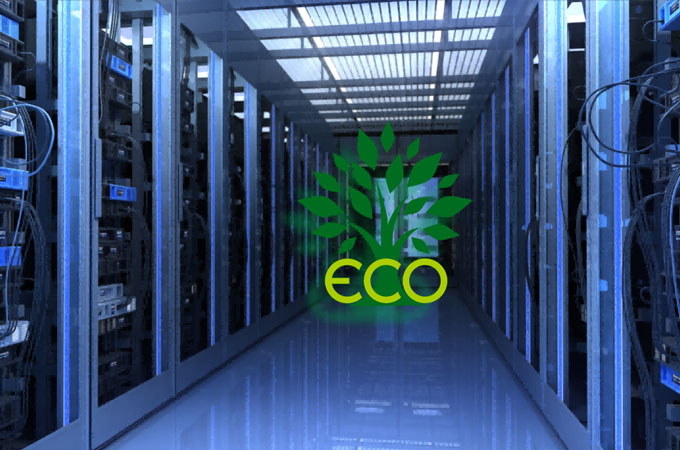

Date: 2024-01-12
In business today, data is a critical component that relies heavily on server rooms to function properly; these rooms are comparable to a human heart as they operate the cooling systems that keep servers from overheating. Failure to maintain an ideal temperature within the server room can lead to extensive productivity losses and risk the loss of valuable data and equipment. To mitigate these risks, it's essential to understand the importance of cooling, optimize each cooling component, follow guidelines, and perform regular maintenance. Industry practices suggest that selecting a windowless room with a minimum ceiling height of nine feet and adequate space to house future servers. To optimize cooling, they recommend organizing servers in hot-cold aisles, where each aisle receives cold air or removes exhaust, enabling servers to cool each other. Additionally, they stress that having redundant cooling capacity is crucial and that relying only on your building's cooling system is not sufficient.
When creating your server room, it's crucial to thoughtfully evaluate numerous factors, which include: determining how many server racks and cabinets you'll need, planning for cooling and temperature monitoring, whether the room is insulated and its proximity to heat sources, lighting that minimizes excess heat, how many people will work in the room. Additionally, one should assess fire control solutions for the server room.

There are several common strategies to cool servers, including:
1. Air conditioning: Using air conditioning to cool a server room is a common method. Dedicated air conditioning units can be installed in the room or within a larger HVAC system.
2. Ventilation: Setting up the server room with proper ventilation can be an efficient way of cooling it down. Cold air will flow in through a vent, and warm air will be pushed out by an exhaust fan.
3. Liquid cooling: Some high-performance server rooms use liquid cooling to keep their equipment cool. Liquid is circulated through a system of pipes to remove heat generated by the servers.
4. Server location: Where you locate your servers can affect how efficiently they are cooled. Keeping them in a dedicated room or data center with cooling and ventilation systems designed for servers can help ensure they remain at a proper temperature.
5. Server density: The density of servers in the room can also affect how much cooling is required. Keeping servers spaced out and the room less densely populated can help reduce the amount of cooling required.